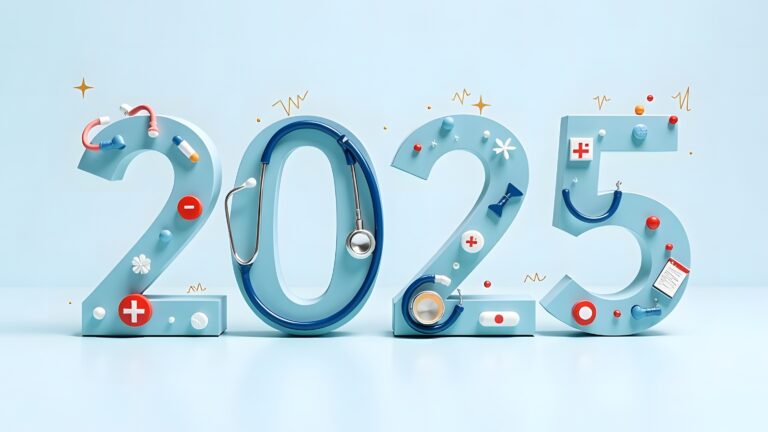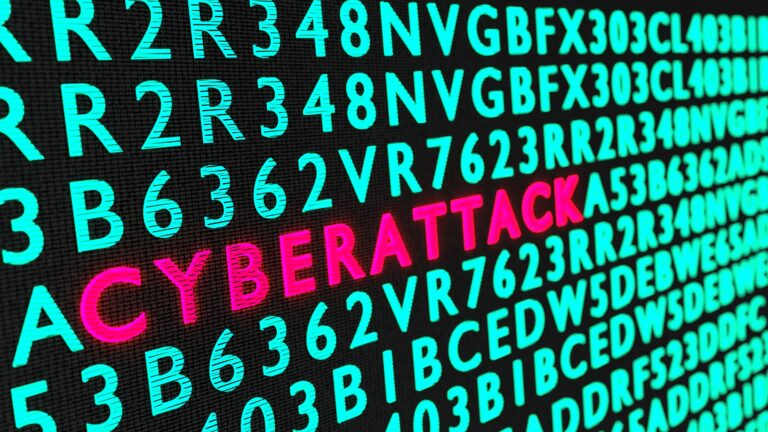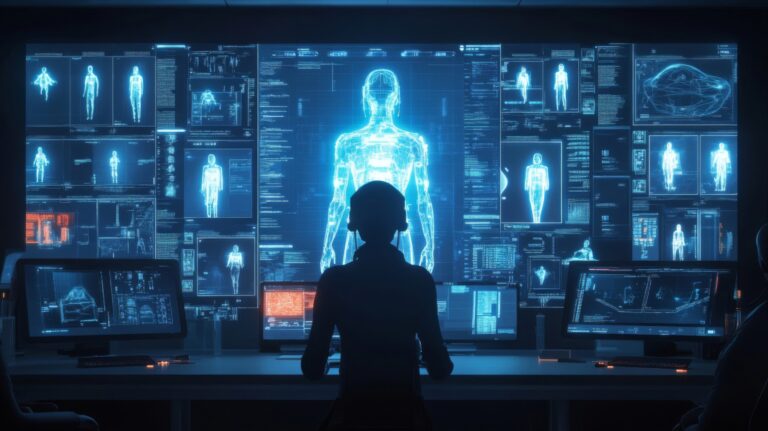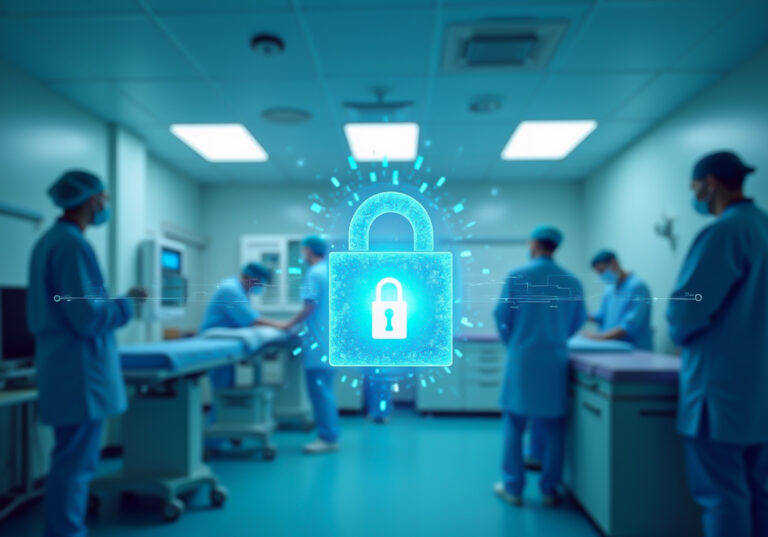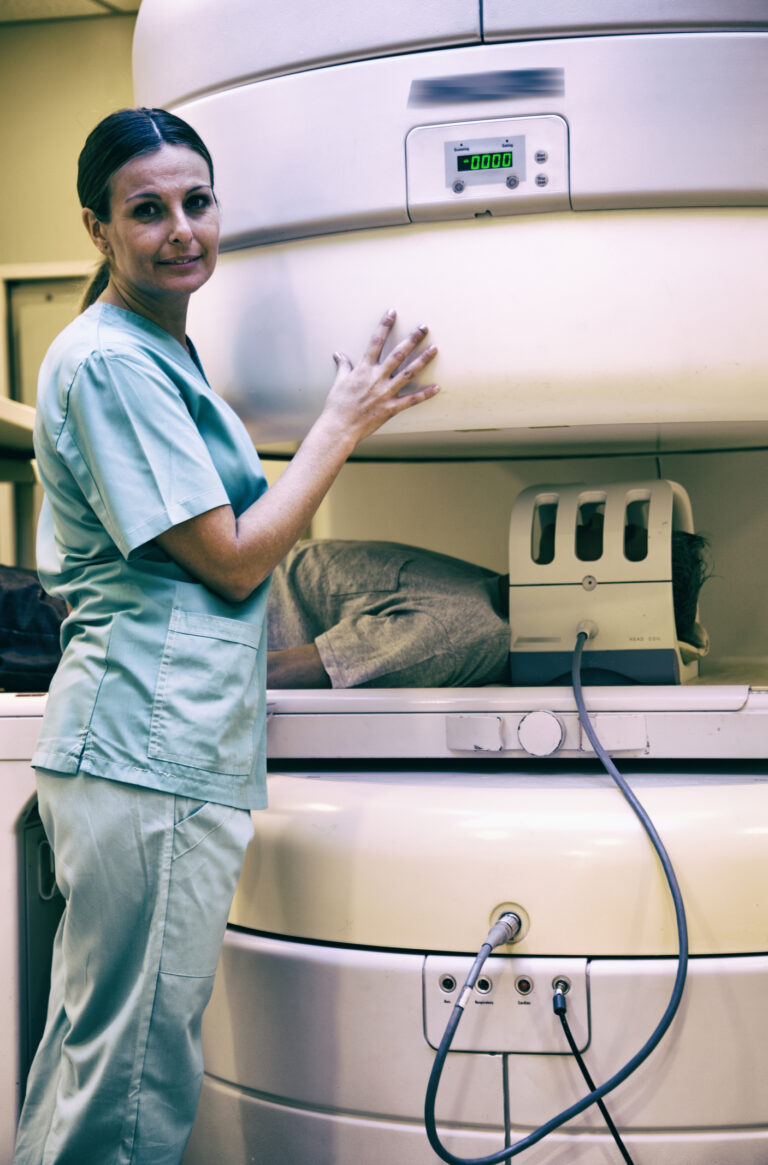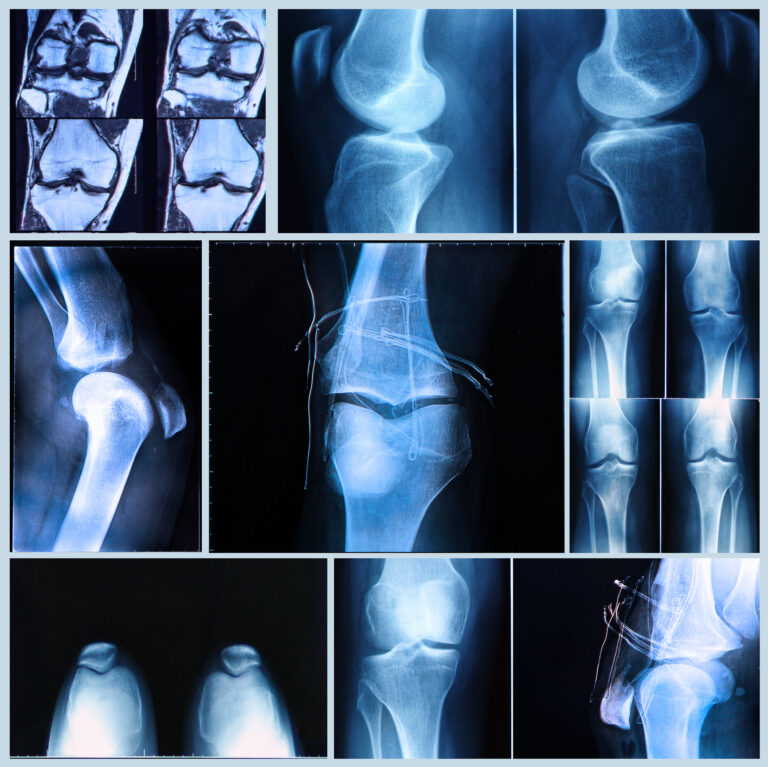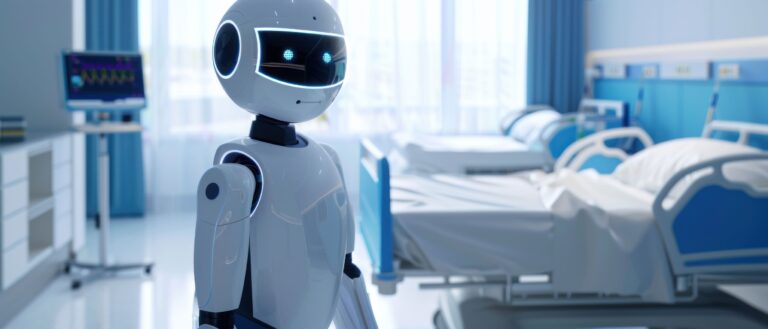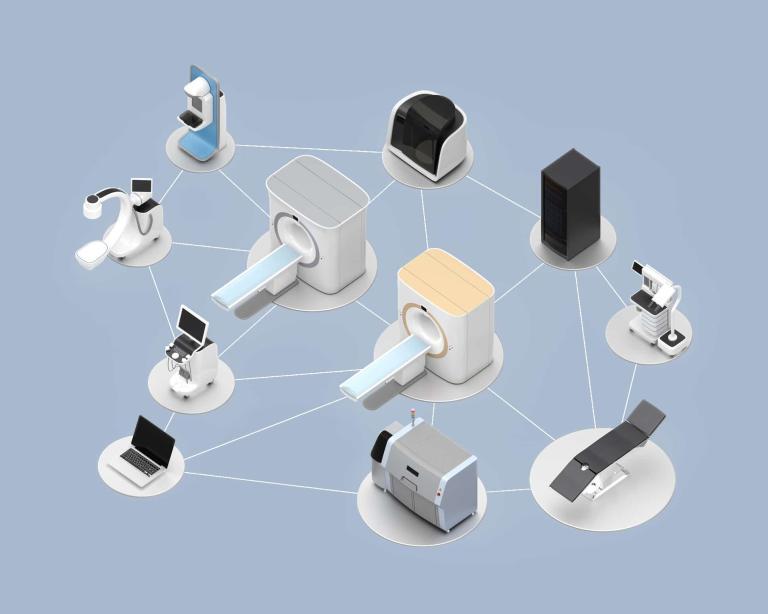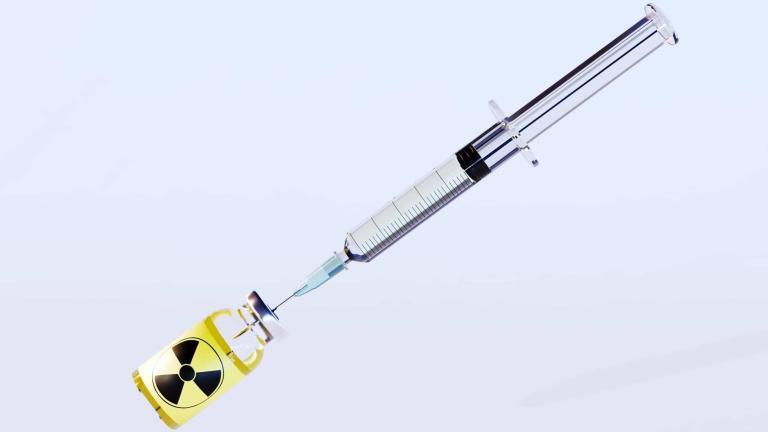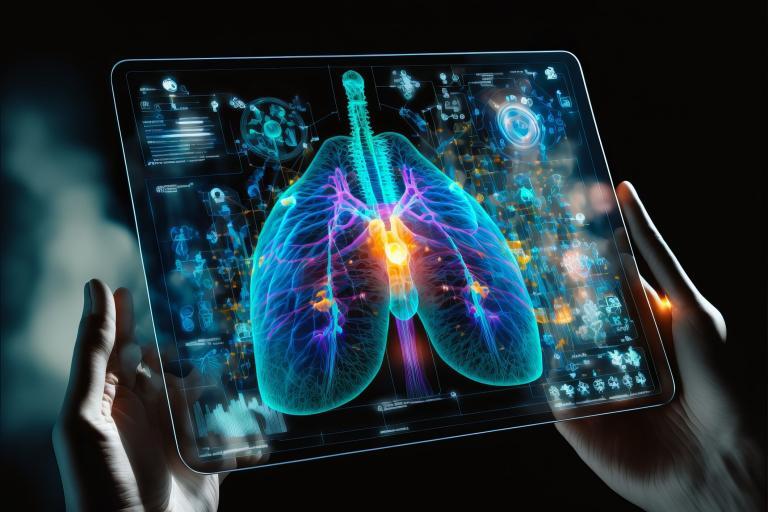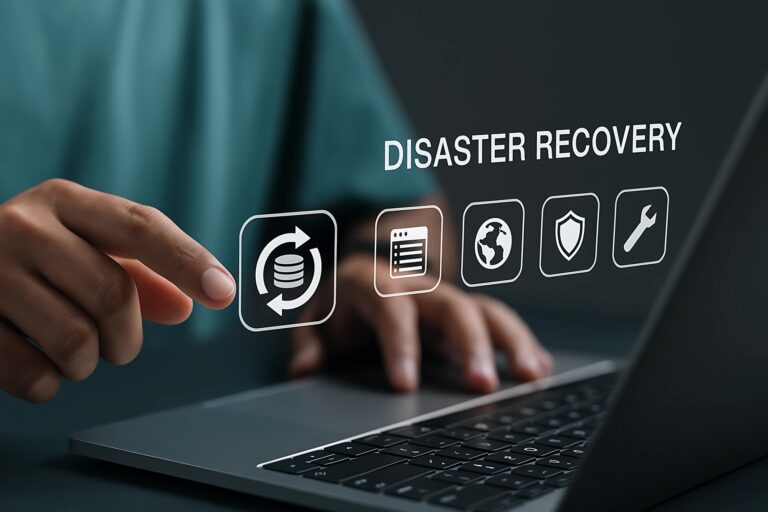PACS
PACS (Picture Archiving and Communication Systems) are critical components of modern medical imaging. PACS are computer-based systems designed to capture, store, distribute and display digital medical images. These images can include X-rays, MRI scans, CT scans, and other diagnostic imaging procedures. This system has revolutionised medical imaging by enabling medical professionals to easily access digital images and share them with other healthcare providers. Before, medical images were often printed in film, which made them difficult to store, transport, and share. Additionally, film images could degrade over time and were prone to physical damage.
PACS has made it possible to access digital medical images from anywhere at any time, providing healthcare professionals with unprecedented flexibility and efficiency. The PACS workflow typically starts with a radiologic technologist or other healthcare professional acquiring medical images. The images are then digitised and stored in a PACS server. Healthcare professionals can access the images from a PACS workstation or another authorised device. The images can be manipulated, annotated, and compared to previous images to aid diagnosis and treatment planning.
One of the key benefits of Picture Archiving and Communication Systems is that they can integrate with other healthcare information systems, such as electronic medical records (EHRs) and radiology information systems (RIS). This integration allows healthcare providers to access a patient’s complete medical history, including diagnostic images, from a single system. It also allows for seamless communication between healthcare providers and improved patient outcomes. Another advantage of PACS is that it enables remote access to digital medical images.
This is especially important in rural or remote areas with a shortage of specialised healthcare providers. In addition, PACS allow medical professionals to share medical images with colleagues in other locations, enabling them to consult with each other and provide better patient care. PACS has also helped to reduce costs associated with medical imaging. For example, PACS has reduced the cost of imaging studies by eliminating the need for physical film and related processing. They have also reduced the need for duplicate studies, as healthcare providers can easily access and compare previous images.
You are here:
home » PACS

